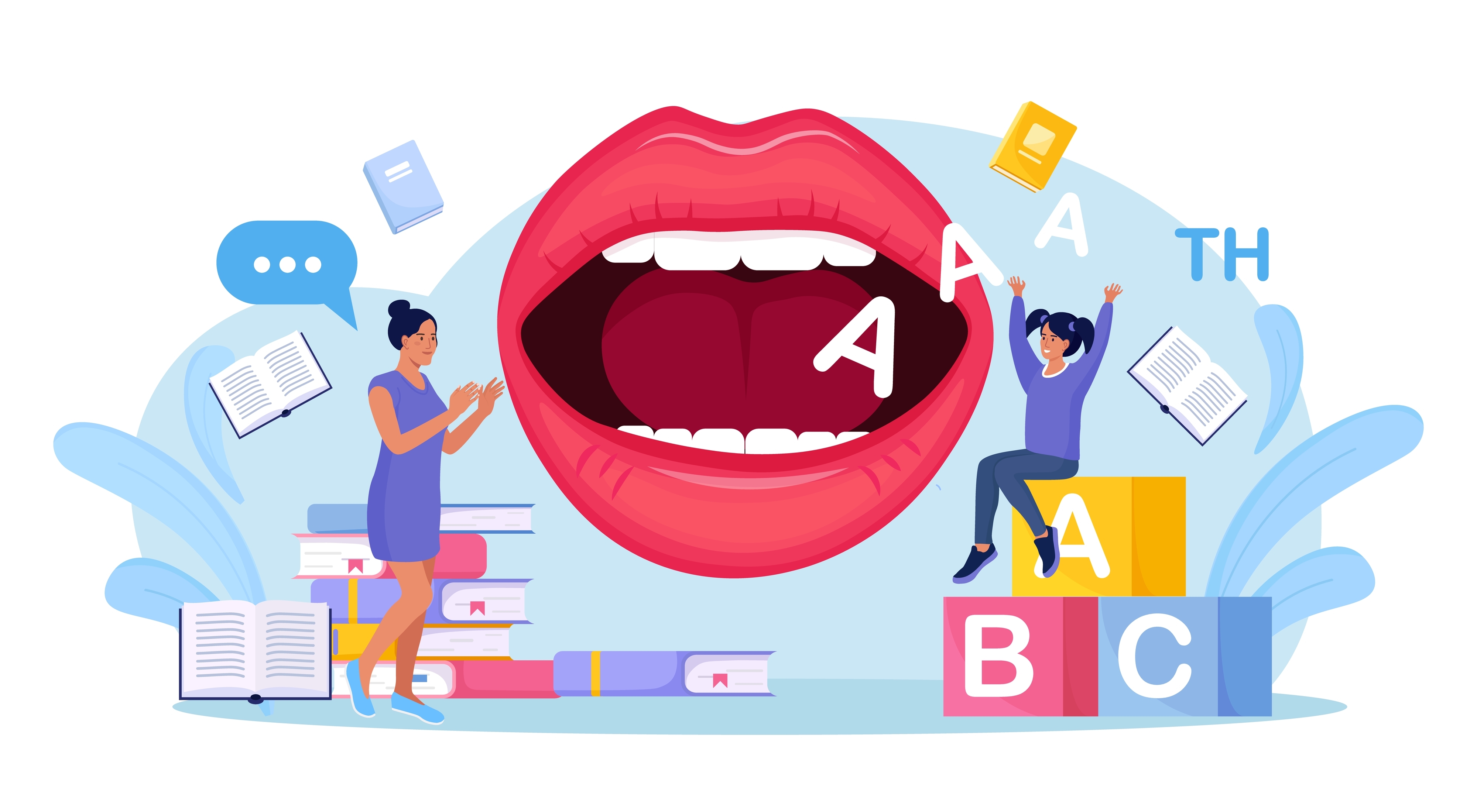How to Incorporate Homeschool Techniques to Supplement Your Child’s Traditional Education?
Oct. 24, 2016
If your child attends a preschool center, you may be wondering if your child is getting enough at school. Maybe you’re interested in contributing to your child’s education, but you’re not sure where to start. Why not take a look at the techniques used by the parents who do it all? While you may wish to, or be able to homeschool your child, it’s still possible to utilize some of the best homeschooling techniques to contribute to your child’s learning.
.jpg)
By following some of the very best practices below, you can ensure your child is getting learning what he or she needs to be successful.
- Unschooling Methods
Unschooling is a method that some homeschool parents choose that focuses on children learning naturally through their surroundings. The premise of unschooling revolves around the idea that children are naturally curious of their surroundings, and will make sense of the world around them if given the opportunity and guidance to follow their interests and progress at their own pace. In order to incorporate unschooling techniques into your child’s life, allow them to study and pursue what they’re interested in in a variety of ways.
The unique aspect of Unschooling is the idea that your child will naturally learn from everyday life experiences, and through exploring topics on their own. If you use this child-led technique, encourage your kids to examine their interests and learn about them in everyday activities.
- Montessori Methods
The Montessori method of homeschooling is a lot like Unschooling, except in Montessori methods, there is a plan. Unschooling allows a child to follow any interest they may have at any particular time. Montessori methods have rules and a curriculum, and enforce these very gently without pushing kids to learn at a particular rate.
If you want to use Montessori techniques to supplement your child’s learning, simply create a plan for what you would like your child to learn or accomplish based on what is being learned at school. Then, offer a variety of toys, learning games, or social events that help reinforce the goals you set out for your child. Allow your child to work at his or her own pace, and to work on interests him or her the most.
- The Charlotte Mason Method
The Charlotte Mason method of homeschooling focuses around the belief that children should learn through life experiences that are provided to the child. Unlike Unschooling methods, The Charlotte Mason Method is a teacher-led method, and allows you the parent to create meaningful activities for your child so that they may learn through the experiences you lead them through.
You may consider taking your child to museums, hiking, camping, fishing, or the zoo to teach them lessons about life and the world. You may offer books about subjects of interest to your children that aren’t dry textbooks. To use this technique to supplement your child’s education, take a learning-by-doing approach to offer your child real-world learning experiences.
- Unit Studies
You might find that your child has an extreme interest in a subject, and you might want to satisfy your child’s need for more knowledge! Why not take your child’s favorite subject and use it to help teach across the curriculum? For instance, if your child is interested in fairy tales, why not find an app that uses fairy tales to teach early learning skills?
By considering packaged units, apps, and learning games for kids, you can help quench your child’s thirst for new knowledge on a subject by offering a way to learn about it in everything they do outside of school. Not only will they learn more about their preferred subject, but they’ll learn across the disciplines as well.
Why Use Homeschool Techniques?
As you can see, there are many ways to supplement your child’s education to ensure future learning and success. By incorporating some of the ideals behind the best homeschool techniques, you can work in valuable life experiences and lessons to enhance your child’s learning beyond what they can get from a traditional classroom education.











